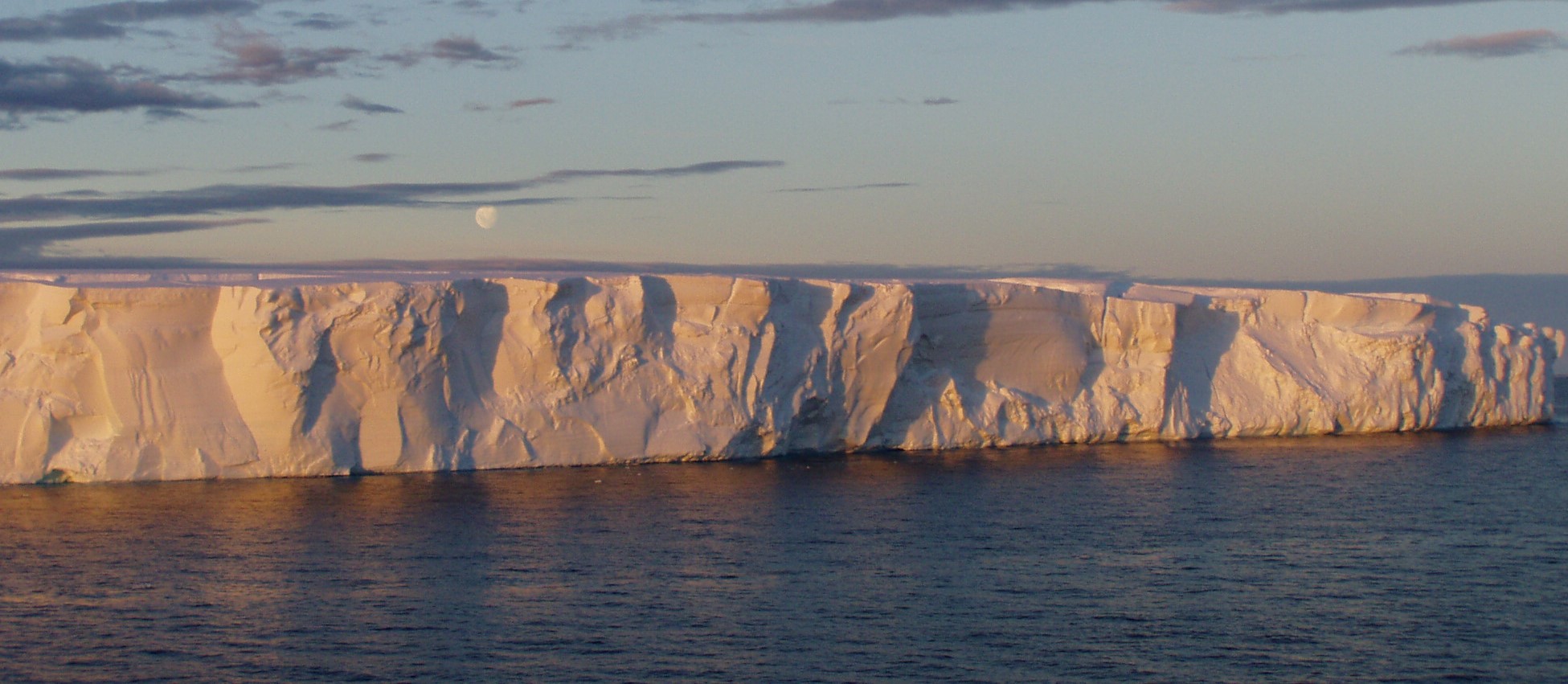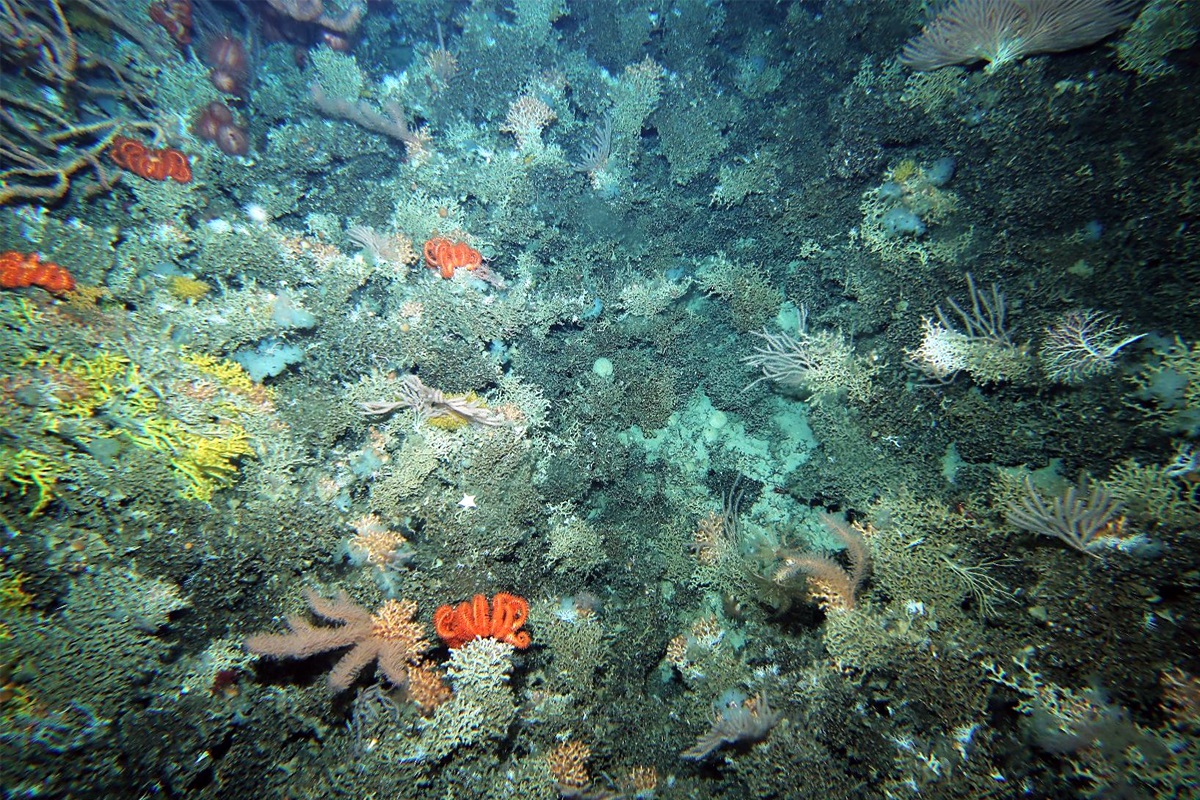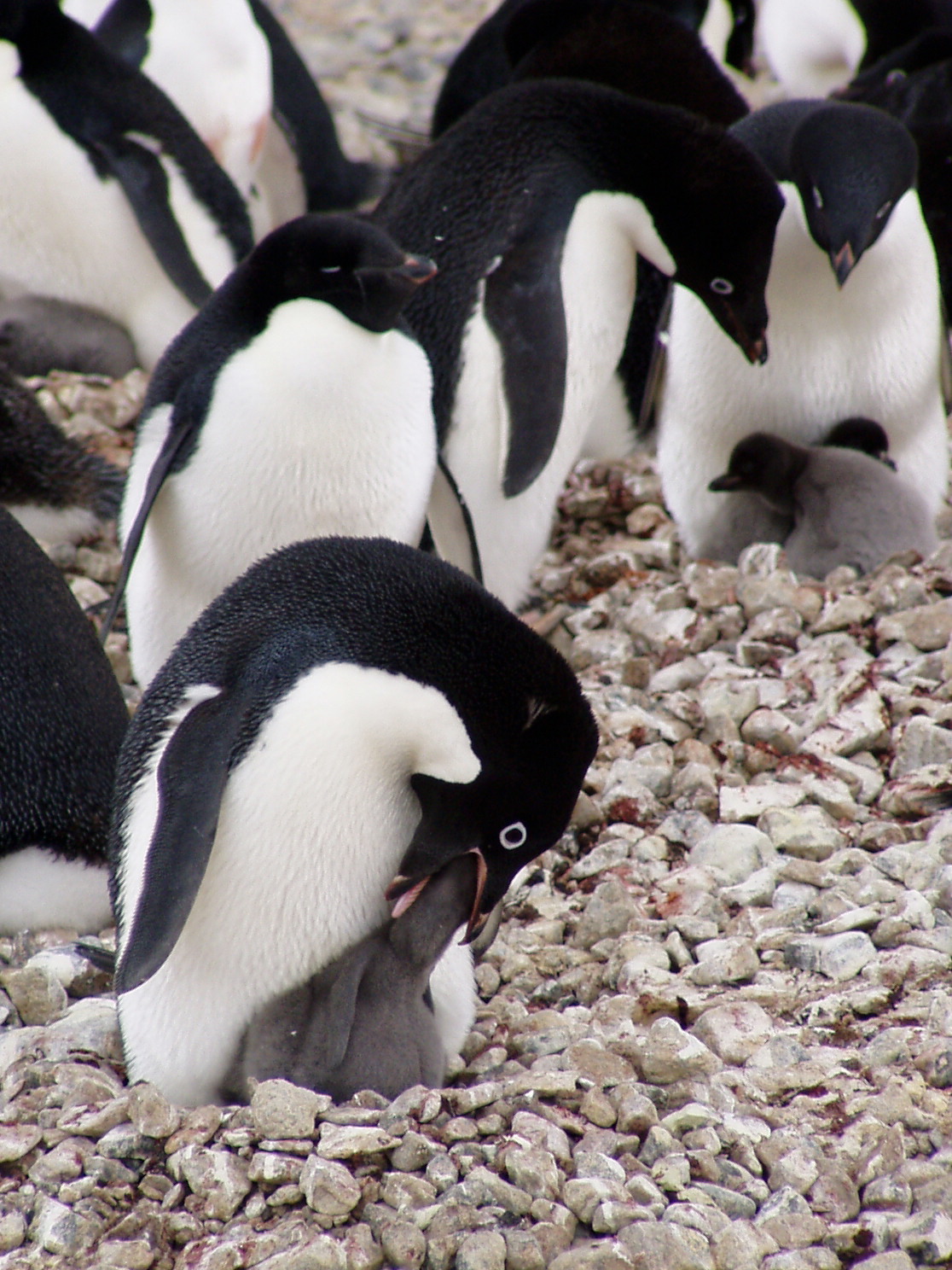
Undersea mountains that help shape ocean currents and support a dazzling array of marine life are just one of the important ecosystems under-represented in current marine protection, scientists say.
University of Tasmania PhD candidate Anne Boothroyd has investigated different planning scenarios for establishing large-scale marine protected area (MPA) networks in the Southern Ocean, and determined adaptability is crucial.
Anne's findings show that the incremental planning approach currently used to protect marine biodiversity can be effective but only when decision makers are committed to re-visiting plans over time as new information and challenges emerge.
“Over the last decade, significant investment has led to the declaration of two large MPAs in the Antarctic region – the Ross Sea region MPA and the South Orkney Islands Southern Shelf MPA, and proposals for three more MPAs are underway,” Anne said.
“The sheer magnitude of the Southern Ocean, making up 10 percent of the world’s blue spaces, and the importance of rare and isolated marine ecosystems within it, means decisions made about the management of these areas are very important."

An example of a seamount environment at ‘Hill U’ seamount, Huon Marine Park.
Just like Hill U, Southern Ocean undersea mountain environments are vital
and vibrant habitats for many diverse species. Credit: CSIRO
“MPAs are an effective tool to reduce threats to Antarctic marine biodiversity which is already experiencing the pressures of climate change,” Anne said.
“Getting the conservation planning approach correct is critical for the sustainability of many marine species and environments into the future."

Institute for Marine and Antarctic Studies (IMAS) researcher and study co-author, Dr Nicole Hill said that, as an example, while 34 seamounts in the Southern Ocean had been identified as either rare or isolated, currently only five of these were included in existing or proposed protected areas.
“Seamounts are extinct underwater volcanoes that rapidly rise from the seafloor, directing deep, nutrient-rich waters up their sloping sides to the surface, often hosting rich seafloor communities and attracting open-ocean species for feeding, breeding and spawning,” Dr Hill said.
“We can protect these important ecosystems – and marine biodiversity more generally – but we need decision makers to progress proposed MPAs now, and to factor in ongoing flexibility and adaptation throughout the planning process.”
This research was published in Nature Sustainability.
Anne is studying at the University's School of Geography, Planning and Spatial Sciences.
Images:
Published 21 April 2023